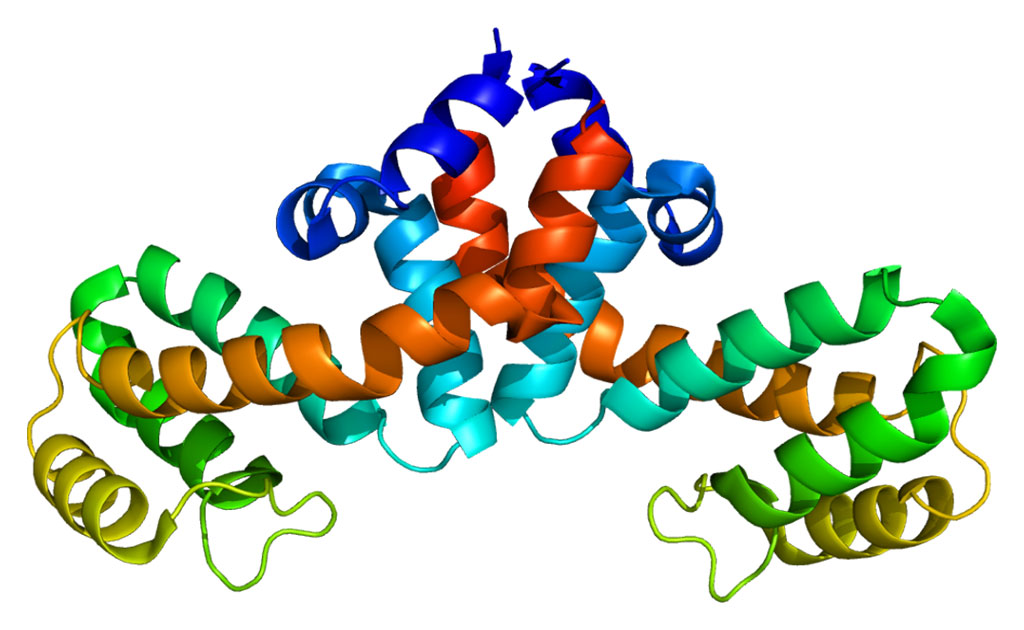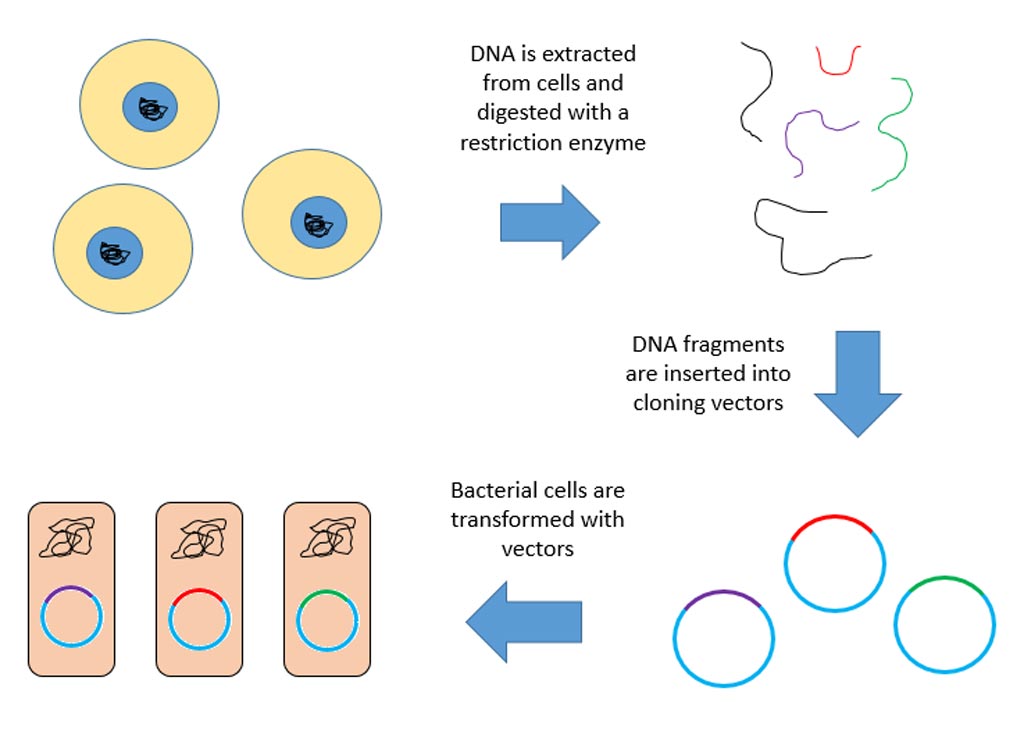Prostate Cancer Risk Test Based on Urine-Derived EV-RNA
By LabMedica International staff writers
Posted on 08 Jul 2019
A team of British researchers developed a prostate cancer risk classifier using urine-derived extracellular vesicle (EV)-RNA capable of providing diagnostic information on disease status prior to biopsy, and prognostic information for men on active surveillance.Posted on 08 Jul 2019
Currently diagnostic tests for prostate cancer are not sufficiently specific to be able to differentiate those without prostate cancer, those with low risk disease that is unlikely to be of clinical significance, and those with disease that should be treated. To rectify this situation, investigators at the University of East Anglia's Norwich Medical School (Norwich, United Kingdom) developed a diagnostic classification system based on RNA profiles found in extracellular vesicles (EVs) in urine.

Image: A micrograph showing a prostate cancer (conventional adenocarcinoma) with perineural invasion (Photo courtesy of Wikimedia Commons).
These are cell-derived vesicles that are present in many and perhaps all biological fluids, including blood, urine, and cultured medium of cell cultures. The vesicles, which contain RNA, proteins, lipids, and metabolites that are reflective of the cell type of origin, are either released from the cell when multivesicular bodies (MVBs) fuse with the plasma membrane, or they are released directly from the plasma membrane.
In the current study, the investigators determined post-digital rectal examination urine-derived EV-RNA expression profiles from samples provided by 535 centers.
By analyzing the cell-free expression of 167 genes in urine samples, the investigators identified a mathematical combination of 35 different genes that could be used to generate four prostate urine risk (PUR) signatures for predicting the probability of normal tissue (PUR-1), D'Amico low-risk (PUR-2), intermediate-risk (PUR-3), and high-risk (PUR-4) prostate cancer. This model was applied to a test cohort of 117 samples for diagnostic evaluation, and to an active surveillance sub-cohort of 87 samples for prognostic evaluation.
Results revealed that application of PUR provided a net benefit over current clinical practice, since each PUR signature was significantly associated with its corresponding clinical category. Furthermore, PUR-4 status predicted the presence of clinically significant intermediate- or high-risk disease.
Senior author Dr. Jeremy Clark, a senior research associate at Norwich Medical School, said, "This research shows that our urine test could be used to not only diagnose prostate cancer without the need for an invasive needle biopsy but to identify a patient's level of risk. This means that we could predict whether or not prostate cancer patients already on active surveillance would require treatment.
The really exciting thing is that the test predicted disease progression up to five years before it was detected by standard clinical methods. Furthermore, the test was able to identify men that were up to eight times less likely to need treatment within five years of diagnosis. If this test was to be used in the clinic, large numbers of men could avoid an unnecessary initial biopsy and the repeated, invasive follow-up of men with low-risk disease could be drastically reduced."
The Prostate Urine Risk study was published in the May 20, 2019, online edition of the journal BJU International.
Related Links:
University of East Anglia Norwich Medical School














